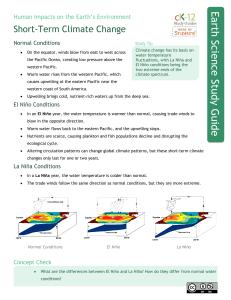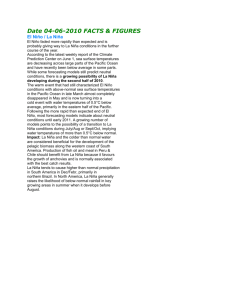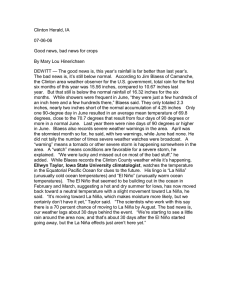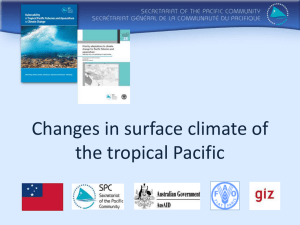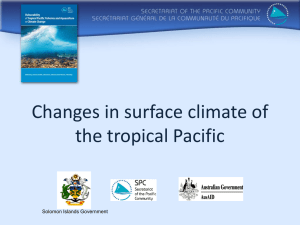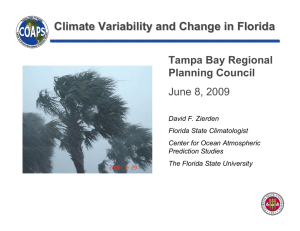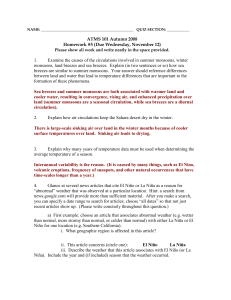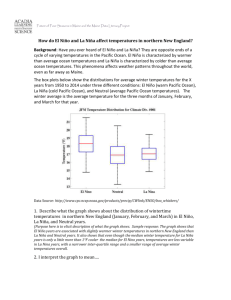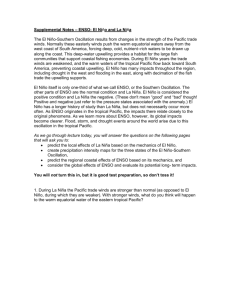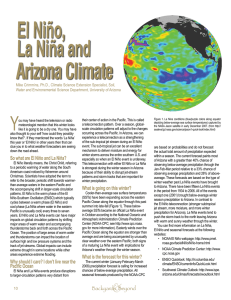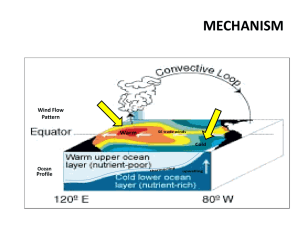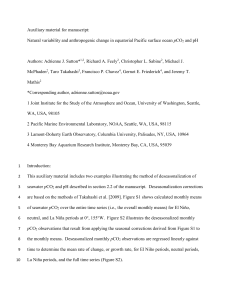Media Release
advertisement
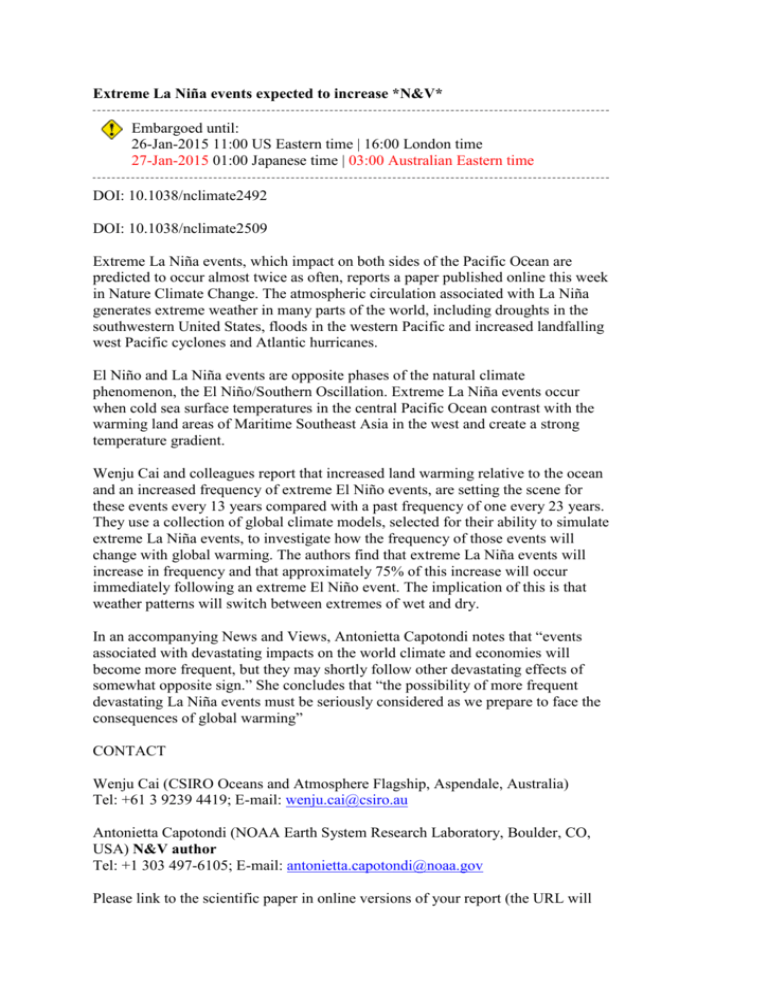
Extreme La Niña events expected to increase *N&V* Embargoed until: 26-Jan-2015 11:00 US Eastern time | 16:00 London time 27-Jan-2015 01:00 Japanese time | 03:00 Australian Eastern time DOI: 10.1038/nclimate2492 DOI: 10.1038/nclimate2509 Extreme La Niña events, which impact on both sides of the Pacific Ocean are predicted to occur almost twice as often, reports a paper published online this week in Nature Climate Change. The atmospheric circulation associated with La Niña generates extreme weather in many parts of the world, including droughts in the southwestern United States, floods in the western Pacific and increased landfalling west Pacific cyclones and Atlantic hurricanes. El Niño and La Niña events are opposite phases of the natural climate phenomenon, the El Niño/Southern Oscillation. Extreme La Niña events occur when cold sea surface temperatures in the central Pacific Ocean contrast with the warming land areas of Maritime Southeast Asia in the west and create a strong temperature gradient. Wenju Cai and colleagues report that increased land warming relative to the ocean and an increased frequency of extreme El Niño events, are setting the scene for these events every 13 years compared with a past frequency of one every 23 years. They use a collection of global climate models, selected for their ability to simulate extreme La Niña events, to investigate how the frequency of those events will change with global warming. The authors find that extreme La Niña events will increase in frequency and that approximately 75% of this increase will occur immediately following an extreme El Niño event. The implication of this is that weather patterns will switch between extremes of wet and dry. In an accompanying News and Views, Antonietta Capotondi notes that “events associated with devastating impacts on the world climate and economies will become more frequent, but they may shortly follow other devastating effects of somewhat opposite sign.” She concludes that “the possibility of more frequent devastating La Niña events must be seriously considered as we prepare to face the consequences of global warming” CONTACT Wenju Cai (CSIRO Oceans and Atmosphere Flagship, Aspendale, Australia) Tel: +61 3 9239 4419; E-mail: wenju.cai@csiro.au Antonietta Capotondi (NOAA Earth System Research Laboratory, Boulder, CO, USA) N&V author Tel: +1 303 497-6105; E-mail: antonietta.capotondi@noaa.gov Please link to the scientific paper in online versions of your report (the URL will go live after the embargo ends): http://nature.com/articles/doi:10.1038/nclimate2492 http://nature.com/articles/doi:10.1038/nclimate2509
